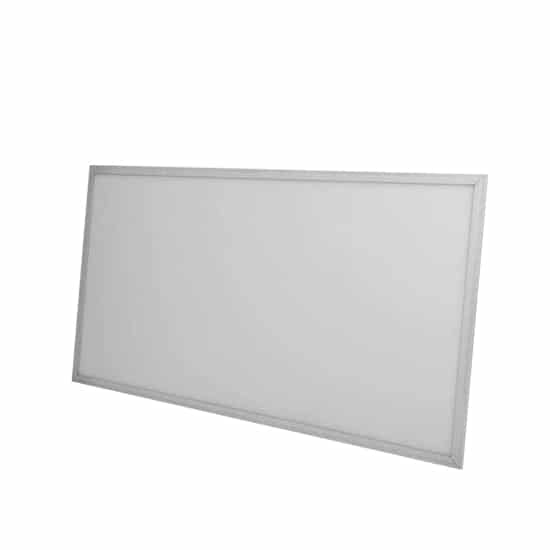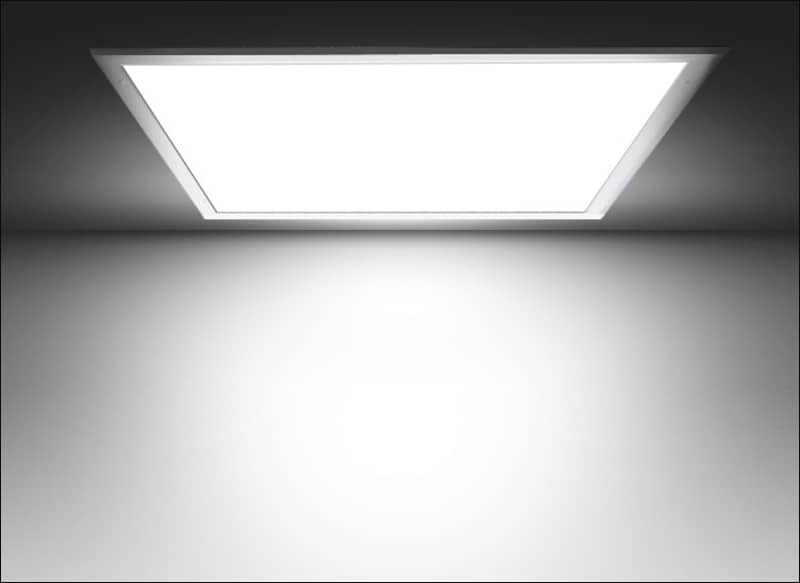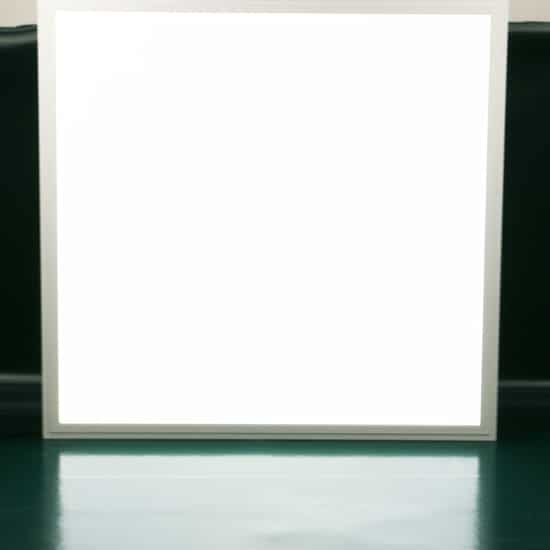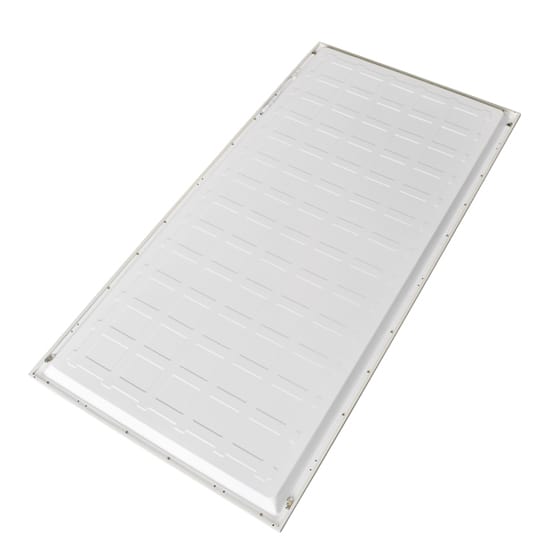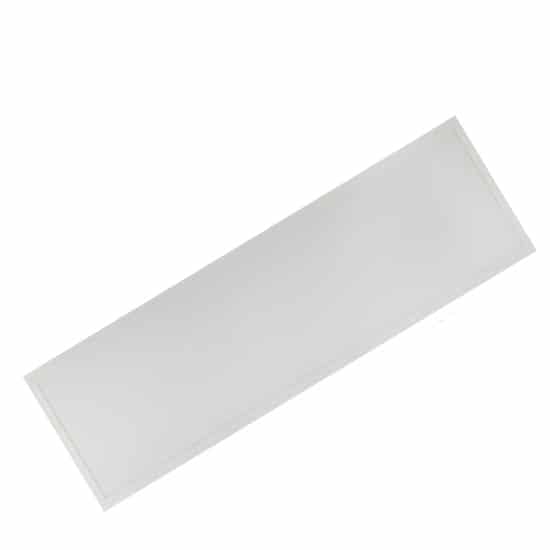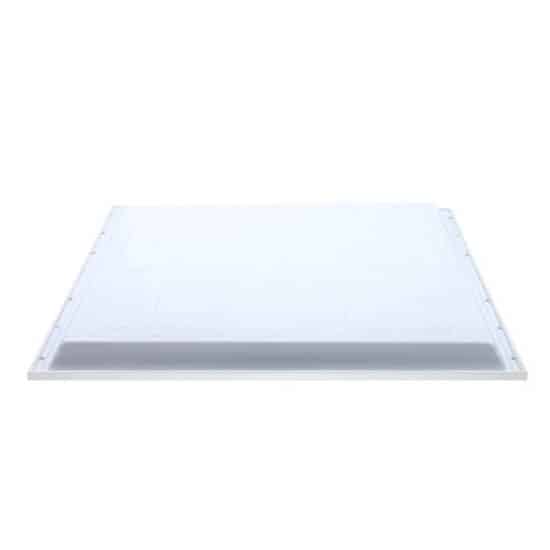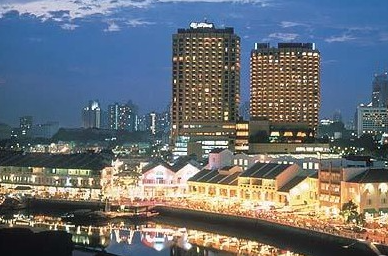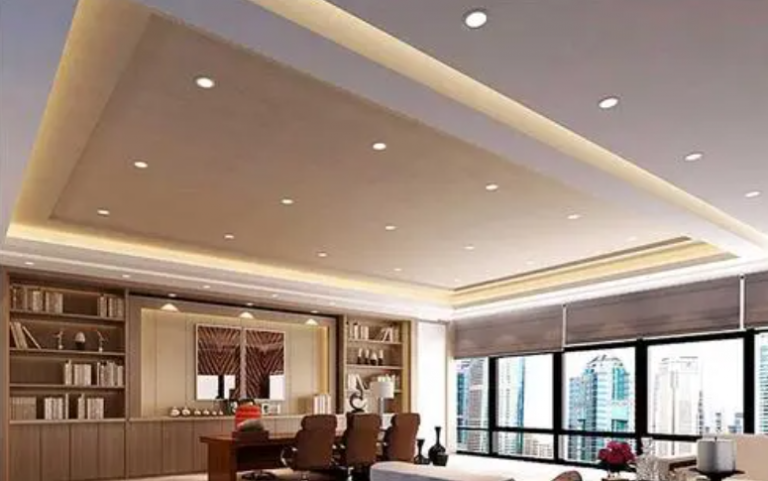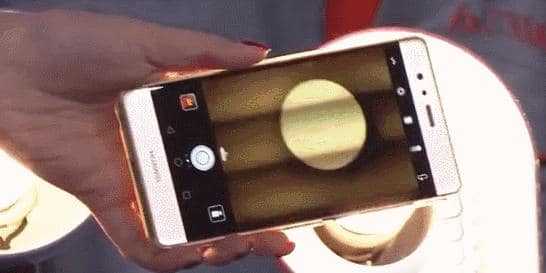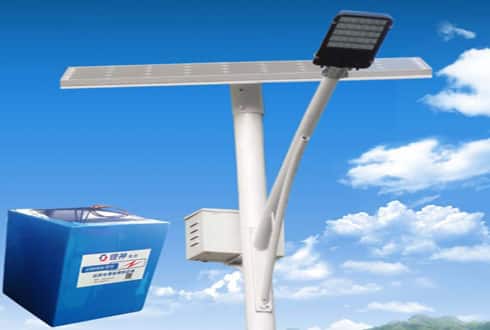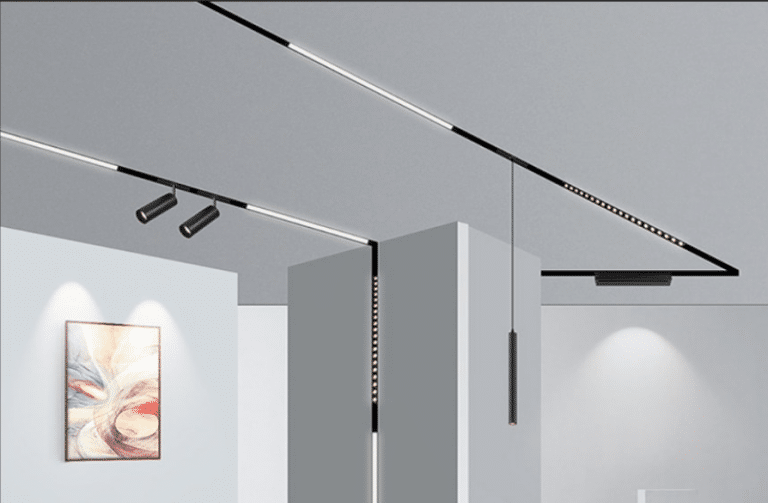LED panel lights occupy a large proportion of the commercial lighting market. As people’s demand for commercial lighting continues to grow, more and more LED manufacturers have increased their investment in the market segment of panel lights. The excessive investment makes the price of panel lights continue to drop, which is conducive to more consumers buying this product but also caused a lot of bad competition. In order to attract customers, many manufacturers only use cheap&bad materials to reduce the cost of lamps. This has led to an increase in the quality complaint rate of LED panel lights in the past two years. Among them, the yellowing of the surface of the panel lights is particularly serious. Today we will discuss why the led panel light turns yellow and how to solve&avoid this issue.
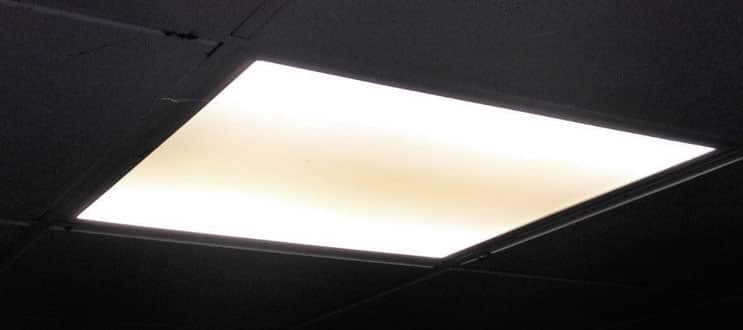
What is the LED panel light?
The LED panel light looks like a flat board, which is relatively thin. It uses aluminum as a frame and is matched with light guide materials and LED chips to achieve light output. It can be used to replace traditional fluorescent light fixtures. At present, the market mainly includes backlit led panels and edge-lit led flat panel light.
The yellow-changing problem of panel lights basically comes from the edge-lit led light panel.
What is the edge-lit led panel light structure?
- Outer frame. Usually, aluminum is used as the outer frame (some poor manufacturers on the market also use plastic to pretend to be the aluminum frame). The shell is also the main carrier for the heat dissipation of the panel light LEDchip.
- LED chips. Usually, the lamp beads of LED panel lights use 0.2W/pcs or 0.5W/pcs SMD2835 lamp beads. Its theoretical life span is above 50000Hrs. Good quality lamp beads have high luminous efficiency and low luminous decay.
- Diffuser plate. It mainly works with the light guide plate to uniformly lead out the light on the light guide plate, and at the same time, it can obscure the network point of the light guide plate and prevent dust from polluting the light guide plate.
- Light guide plate. Its function is mainly to refract the light emitted from the side LEDs through its own dots so that the light is uniformly exported from the front. There are many materials available, such as PMMA light guide plate, PS light guide plate. The thickness is 1.0T, 1.2T, 1.5T, 2.0T, 3.0T, etc. It is the key materials for edge-lit type led flat light.
- Reflective paper. Reflect the remaining light on the back of the light guide plate to improve light efficiency, generally RW250
- PE cotton. It is similar with above reflective paper in function for led ceiling panel light.
- Metal back plate. The main function is to seal the LED panel light, usually galvanized sheet, which can also play a role in heat dissipation.
- Led driver. Currently, the main driving power supply is divided into isolated driving and non-isolated power supply. Drive power is one of the highest customer complaints in panel lights or the entire lighting industry.

How does the edge-lit led panel light work?
The side-emitting led panel light uses the light emitted by the LED chips on the side to illuminate the light guide plate designed with protrusions or pits at the bottom, thereby changing the direction of light propagation to achieve downward illumination.
In this process, the role of the light guide plate is decisive. The light from a good light guide plate will be very uniform and soft.
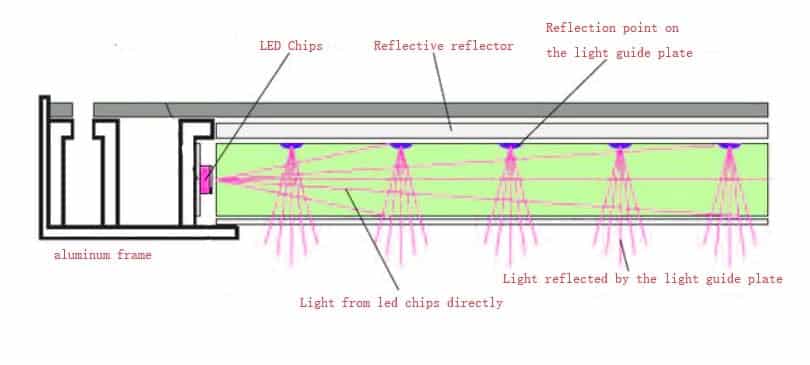
Three different reasons for led panel lights turning yellow
- Yellowing caused by the material change of the light guide plate itself
- The LED chips are abnormal (mostly phosphor problems) causing yellowing.
- The external use environment causes the stains attached to the light guide plate to penetrate into the light guide plate and cause yellowing.
1.Yellowing caused by the material change of the light guide plate itself
This is our true yellowing quality problem, and it is also the most common and serious yellowing problem in the market. When you turn on this ultra-thin panel light, a yellow area will appear in the middle of the light-emitting surface of the panel light. The light guide plate of PS material is the culprit of this problem.
The full name of PS is polystyrene. It is a relatively low-level transparent brittle glue in petrochemicals. Its specific gravity is only 1.047~1.049. When it is fully transparent, the light transmittance is 87%. It is the refractive index of a plastic second only to a PC. The second most transparent material. Compared with the PMMA light guide plate, the PS price will be much cheaper, but it is very easy to turn yellow in terms of weather resistance, and it is very easy to be brittle when it is extremely cold.
2.The LED chips are abnormal (mostly phosphor problems) causing yellowing
This situation mostly occurred around 2010. At that time, due to LED technology and illegal businesses cutting corners, some panel lights turned yellow. Some LED panel lights that were originally 5000-6500k cold white, after lighting up, the whole or part of the light emitted is yellowish and reddish. The phosphor usage ratio and chip packaging technology of led chips are the main reasons for this problem.
3.The external use environment causes the stains attached to the light guide plate to penetrate into the light guide plate and cause yellowing
As the outermost layer, the diffuser plate not only plays the role of the uniform light guide but also plays the role of blocking dirt and dust from contaminating the light guide plate. However, in actual use, many customers will ignore the influence of the external environment on the internal structure of the lamp, especially in some special use environments such as chemical factories, laboratories, and toilets and bathrooms that are often filled with water vapor. The special air components in these places tend to slowly penetrate into the inside of the lamp body through the side of the panel light, polluting the light guide plate, causing yellowing. Or, for example, the long-term corrosion of the diffuser by water vapor will also cause the surface of the panel light to yellow.
How to solve and avoid yellowing for led flat panel light?
1. Yellowing caused by the problem of the light guide plate itself
It can only be replaced with a new LED panel light.
When buying, you need to ask the LED panel light supplier the type and parameters of the light guide plate, the more detailed the better. The best light guide plate is a laser-dotted light guide plate made of PMMA. The LED panel light produced by this material will not show yellowing even if it is used for more than 6 years. (The PMMA panel light we produced in 2014 is still very perfect. To work). Secondly, you can also choose a panel light made of PS material with anti-UV and anti-yellowing (this kind of light guide plate is specially processed on the PS material. Generally, there will be no serious yellowing within 3 years, and it is more expensive than PMMA light guide plate. Lower). Of course, the current market is more adopting new Backlit LED panel lights to replace edge-lit panel lights. Backlit panel light does not contain a light guide plate in structure, which also eliminates the biggest problem of light guide plate yellowing, and its cost is lower than side-lit. The comparison of the two types of panel lights can refer to here.
2. For the yellowing of the color temperature caused by led chips
We can replace the internal lamp beads to improve this problem. Or replace it with a new LED panel light.
3.Yellowing caused by the external use environment
Generally, there are two situations. If it is only the yellowing caused by external dust or water stains attached to the surface of the diffuser for a long time, such as a non-waterproof panel light installed in the bathroom, then we can use low-concentration industrial alcohol to wipe the surface to change the yellowing Case. For the external use environment, the yellowing of the light guide plate inside the lamp body has been caused, and the panel light can only be replaced as a whole.
Conclusion
LED panel lights that easily turn yellow are basically caused by the use of inferior raw materials, especially inferior light guide plates. The fundamental way to avoid this problem is to choose PMMA light guide panel lights when buying panel lights or buy backlit led panel lights that do not contain any light guide plates. At the same time, no matter what type of panel lights, they must be in the right For use in the environment, in special places such as toilets or bathrooms, please use IP44 or IP65 waterproof and moisture-proof panel lights to avoid water stains and vapor corrosion of the internal circuits of the lamps.
If you have any other questions, please feel free to contact us.

Hello, customers
My name is Ricky Wang, I’m the business manager of GRNLED. I have been in LED lights industry for more than 10 year. Feel free to contact us. I’m happy to provide you the best service and products.
Email: info@grnled.com | WeChat: ledfixture

